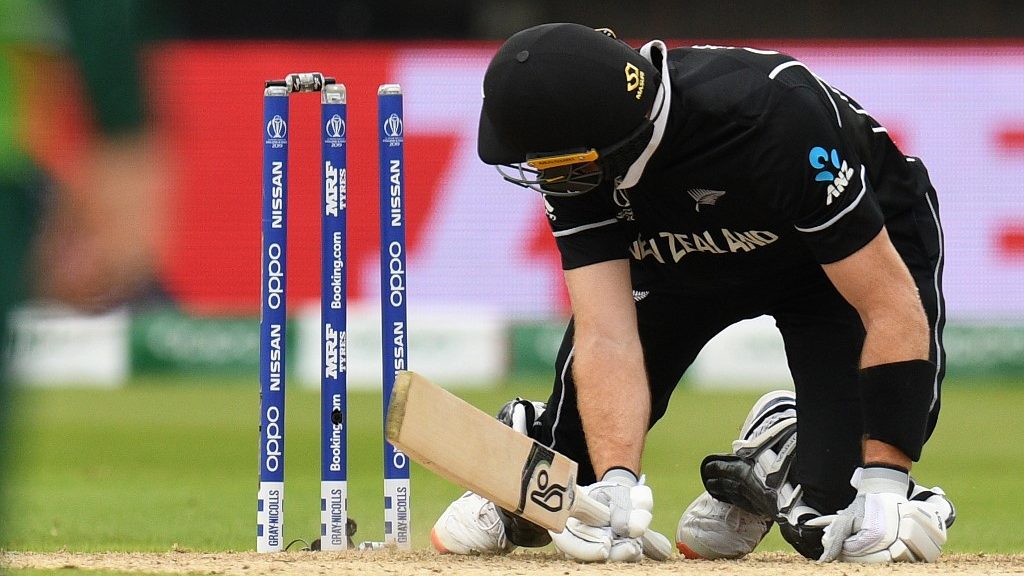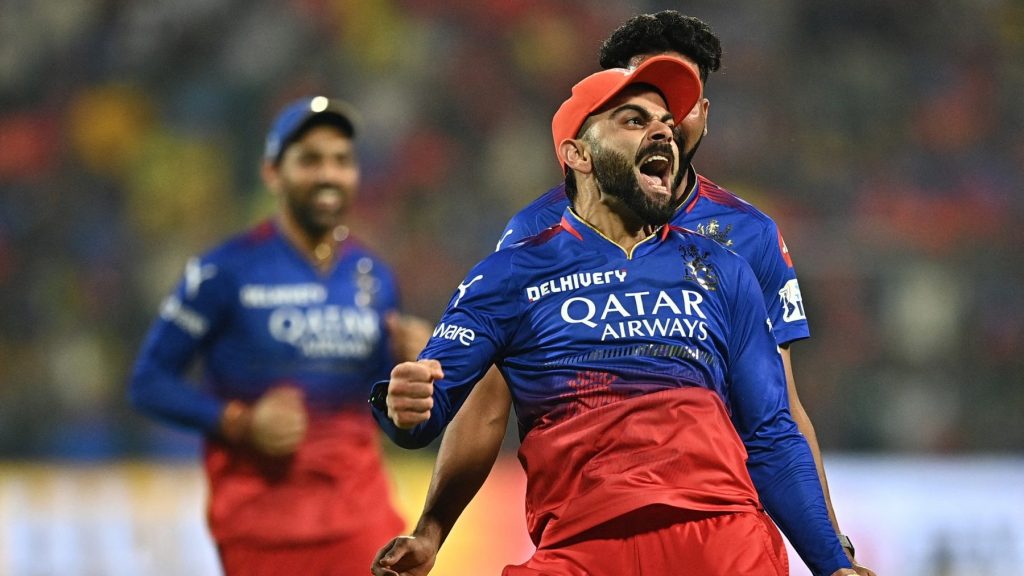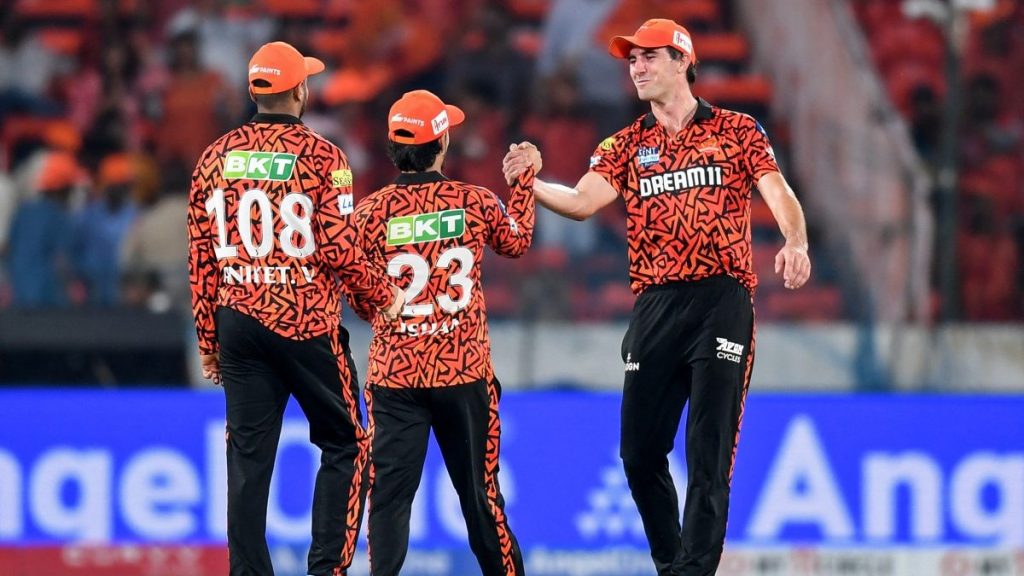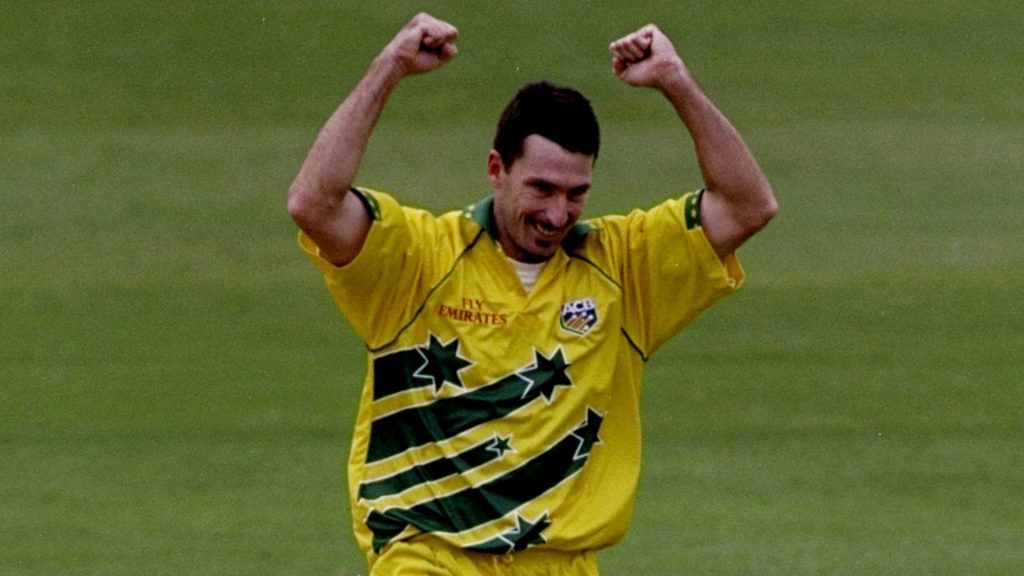Should cricket do away with bails?

The introduction of bails in cricket has proved to be very useful. The stumps won’t fall if the ball brushes past them, but the bails at times are an indicator of the fall of a wicket. However, with time and technology, cricket has emerged into new dimensions. The emergence of LED technology in the wickets has been beneficial for the game, but at the same time, it has some disadvantages too.
The LED bails that are now in use light up as soon as they lose touch with the rest of the wicket, which is also used in the event that the wicket is damaged for the purpose of examining run-outs and stumpings. Assuming the bails are removed, having wickets that light up the moment they are contacted should not be too difficult.
Currently, the LED-stump technology is being utilised to evaluate three different types of dismissals: stumpings, bowled, and run-outs. The bails must entirely fall off the top of the stumps for a hitter to be declared out, as per the rules. A bizarre incident occurred at the ongoing Indian Premier League 2022 during the match between the Delhi Capitals and Rajasthan Royals when Yuzvendra Chahal’s delivery to David Warner had lit up the LED lights of the wicket, but the bails didn’t come off.
The ball brushed past the bails, which led to them losing contact with the stump but there was no decision taken regarding a wicket as the bails did not fall. Warner was in great form during the matc, and the wicket would have meant a lot for Rajasthan Royals. However, the question is if there is even a need of bails in the modern game? Unlike traditional stumps, the LED sensors in the current ones are enough to identify whether the ball has made contact with the wicket or not.
Hence, at the moment, are not only the bails redundant cricket equipment but also one that adds more complication to the sport. Doing away with them, therefore, might not be a bad idea. Also considering the fact the modern-day game is heavily tilted in favour of the batters, a bowler must not be denied a wicket only because the bails are not dislodged despite the ball hitting them.








